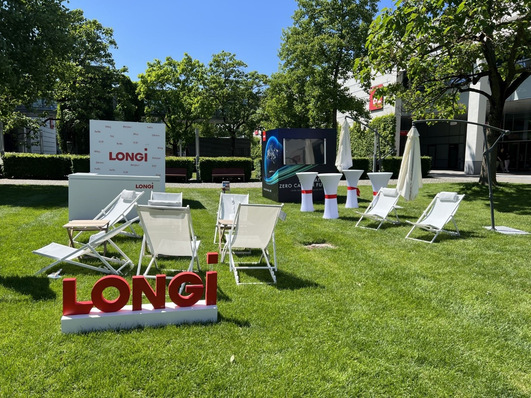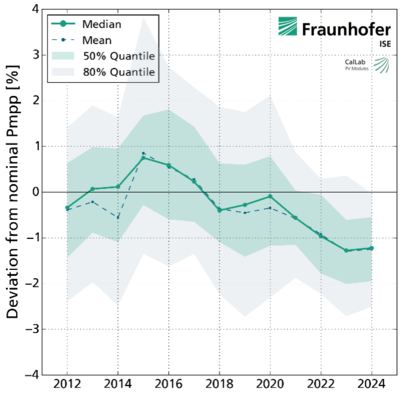Last year, numerous discussions were already held about the trend in wafer sizes, and these have continued this year. The area of wafer sizes is characterized by a multitude of different formats. Within this context, standardization is of major importance for German PV machinery manufacturers.
166, 182 and 210 mm² wafer formats
It became apparent that, in addition to 166 (+/-0.25) mm², in particular the 210 (+/-0.25) mm² format is taken into account in mass production. The 182 (+/-0.25) mm² format could also be considered from 2022. Compared to smaller formats, the wafer size of 210 (+/-0.25) mm² can no longer be implemented with upgrades of existing lines, new lines will be needed.
Larger modules than 4.0 m²will not be focused in the next few years
New trends are also emerging with regard to module dimensions. In the implementation of 60-cell modules and their half-cell versions, it can be seen that module sizes of up to 4.0 m² are taken into account in mass production due to the larger wafer formats; larger modules will not be focused in the next few years. The discussion of the technology readiness level was implemented in the 11th edition of the International Technology Roadmap for Photovoltaics (ITRPV).
Did you miss that? Intersolar Innovation Day showed new possibilities
The presentation of the update of the ITRPV including the discussion of the maturity level was carried out in an online seminar on new trends and new developments of photovoltaic technologies by Markus Fischer, R&D Vice President at Hanwha Q Cells Germany and from the ITRPV authors' group.
Four maturity levels
With regard to selected parameters in the production of crystalline silicon solar cells from the areas of crystallization, wafer production, cell and module production, the examination of the degree of maturity provides insights into the extent to which new technologies are already being used in mass production or whether further R&D work is necessary to implement the technologies in mass production. Supported by a color matrix, four maturity levels can be distinguished for the selected parameters.
PV experience curve – prices are further falling
The so-called photovoltaic experience curve has for years shown the trend that with the cumulative deliveries of PV modules, prices are steadily falling. As can be seen in the presentation by Markus Fischer, the status of deliveries in 2020 shows a slight reduction in cumulative deliveries due to the corona pandemic and the observation of increasing diversification. In general, the trend observed for years will nevertheless continue.
Throughput plays a major role for cost reduction
The throughput of different plants plays a major role in terms of cost reduction. The chemical processes are leading in terms of throughput, followed by metallization processes, which are showing significant progress. A significant difference in capacity can be observed in relation to thermal processes. With regard to throughput, it will become clear in the near future whether these trends will continue to be valid in view of the observed trend in wafer sizes and how much additional development work is necessary. (hcn)
Did you miss that? 10 trends in smart PV for 2025







